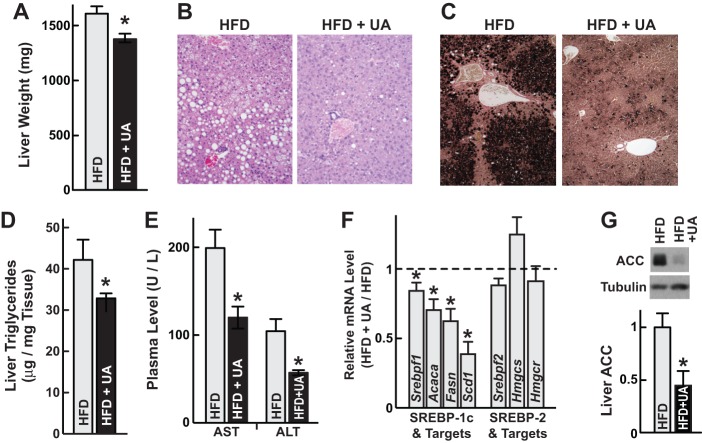Figure 4. Ursolic acid reduces diet-induced fatty liver disease.
Mice were provided ad libitum access to high fat diet (HFD) lacking or containing ursolic acid (UA) for 6 weeks. UA concentrations were 0.27% (B–C and E) or 0.14% (A, D and F–G). Data are means ± SEM. *P<0.05 by t-test. (A) Liver weights. n≥12 mice per diet. (B) Liver H&E-stained sections. 20x magnification. (C) Liver osmium-stained sections, 10x magnification. (D) Hepatic triglyceride content. n = 5 mice per diet. (E) Plasma aspartate aminotransferase (AST) and alanine aminotransferase (ALT) levels. n = 5 mice per diet. (F) Liver mRNA levels were determined using qPCR. Levels in UA-treated mice were normalized to the average levels in mice fed HFD lacking ursolic acid, which were set at 1. n = 10 mice per diet. (G) Livers were harvested and subjected to SDS-PAGE and immunoblot analysis with anti-ACC and anti-tubulin antibodies. Upper: representative immunoblots. Lower: ACC and tubulin levels were quantitated with densitometry. In each mouse, the ACC/tubulin ratio was normalized to the average ACC/tubulin ratio in mice fed HFD lacking ursolic acid. n = 6 mice per diet.

